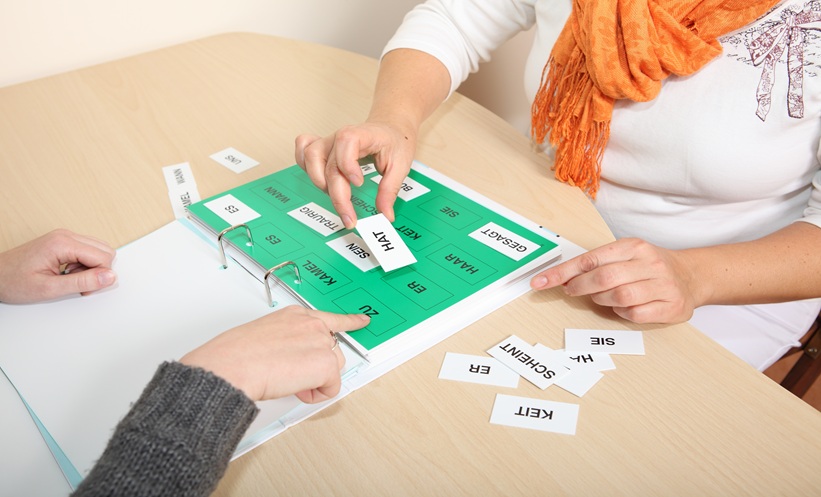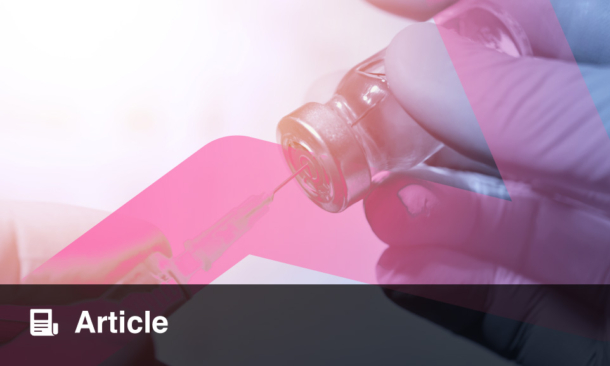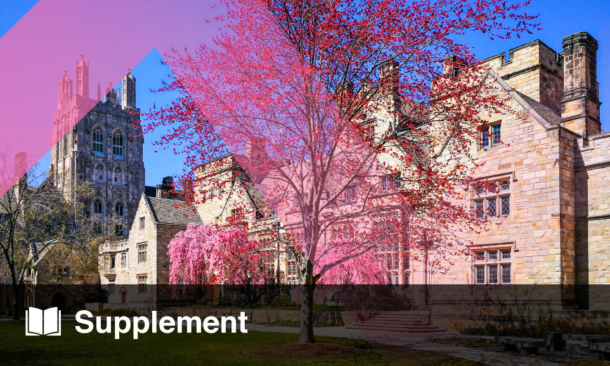Nils Erik Gilhus | Professor in Neurology, Department of Clinical Medicine, University of Bergen; Senior Researcher at Department of Neurology, Haukeland University Hospital, Bergen, Norway
Citation: EMJ Neurol. 2024;12[1]:77-80. https://doi.org/10.33590/emjneurol/BFFE6347.
![]()
You have been a Professor of Neurology and Consultant Neurologist for over 30 years. What led you to pursue a career in neurology and later specialise in neuroimmunology?
The first and most important thing is that I wanted to be a doctor and see patients. I wanted to work in a discipline where I talk to patients and try to treat patients and improve their situation. Neurology is a very good example of such a discipline. In addition, when I started in neurology, I understood immediately that you become close to the patient when you treat a neurological disease. Neuroimmunology was a hot topic when I started, probably the hottest topic in medicine. It was new, it was emerging with exciting new data. It was like today’s AI or genetics some years ago, new and exciting. In Bergen, Norway where I worked, we had a very nice cooperation between basic immunologists and neurologists. We had a neuroimmunological laboratory interested in neurology. We were able to pursue new immunological questions from a clinical perspective. The lab adapted to our questions, so we did not need to go there to do pure immunology, but we could take with us our clinical interests and experience, it was a very good combination.
In the prestigious Moritz Romberg Lecture as part of the 2024 European Academy of Neurology (EAN) Presidential Symposium, you discussed individualised treatment for myasthenia gravis based on well-defined disease pathogenesis. Could you highlight the central thesis of your lecture?
A big challenge is the contradiction between individualised, personalised treatment, and general guidelines. We need general guidelines to lead our treatment in the correct direction and to be ambitious including new treatments. However, general guidelines do not fit every patient, doctors are required because we need to adapt guidelines to individual patients. What we do is that we try to find biomarkers able to subdivide patients in a way that means that patients with specific biomarkers will receive specific treatments known to work well for this subgroup. Improved specificity of biomarkers allows for multiple smaller groups of patients with their unique guidelines and treatments. This is a challenge, but we should try to combine the available factors discussed in my lecture and then produce guidelines that are useful for the defined subgroups. Adaptations must be made, but we also must accept that it is impossible to make a guideline and follow it in detail for each patient.
What are the key innovations and takeaways regarding the individualised treatment of myasthenia gravis that you hope to impart to clinical scientists and healthcare professionals?
There are new drugs on the market like complement inhibitors, FcRn blockers, and B cell directed therapies. These drugs work quite well and have a rapid mode of action, working within 1–3 weeks. Additionally, very few long-term side effects are associated with these new drugs. However, they are much more expensive than the present treatment options.
What is the cost of these newer treatment options?
Doctors are unable to give precise figures, and they are different in different countries. The exact prices are often a secret. There are list prices and reduced prices after negotiations with health authorities. The initial price for some drugs were in my opinion unacceptable. Now the costs are lower, but still very high. Discussions are ongoing regarding which patient subgroups with myasthenia gravis qualify for these new treatments, and most importantly qualify for refunding of the costs. This discussion is on medical terms, but also with health administrators. If these drugs were free or cost the same as traditional treatment regimens, they would be useful for a large proportion of patients with myasthenia gravis. However, these drugs are not readily available because of the high costs. An unsolved question so far is also when we should use complement inhibitors and FcRn blockers, and which of the available preparations are to be preferred. We do not know because there are no comparative studies or trials. The patient characteristics in the various trials vary, and so real-world data will be important, as long as we do not have head-to-head comparisons.
How have you seen the advent of new technologies and approaches significantly impact the field of myasthenia gravis in recent years?
For the brain, MRI is fantastic, we can gather a lot of imaging information, but myasthenia is a completely different story. For myasthenia gravis, I would have liked to have an image of the synapse, so that I could observe what is happening there. There are morphological changes at the synapse. Are they reversible? Probably yes. What do the postsynaptic membranes look like in patients with no symptoms but a lot of fatigue? We do not have techniques today to have an impression of the morphology at the post-synaptic membrane. I am not sure if it is possible and feasible, for example, using imaging MRI or microscopy to look at the cellular level. New assays to detect relevant muscle antibodies with high sensitivity and specificity is important. We need to try to find ways to subdivide acetylcholine receptor antibodies and see if we can identify subgroups that better reflect disease development, prognosis, and therapeutic response.
How have you seen the quality of life and outcomes in patients with myasthenia gravis change in the last 30 years?
I think there are data showing that patient outcomes are significantly better, but there are still many challenges when it comes to treatment. We need new and better drugs, new knowledge, and better tests. However, an important element is to use what is available in the best way. Patients and neurologists are more aware of the available treatments and are more active in choosing optimal treatments today. We have looked at the number of consultations for myasthenia gravis in Norway. In specialist healthcare, we have seen an increasing number of consultations, with it near doubling during the last 10 years, while the number of patients is approximately the same. So, it seems that the patients are followed more frequently, and there is better follow-up from specialist healthcare. There is still a slight increase in mortality in myasthenia gravis, with a relative risk of 1.2–1.3 in the Nordic countries, but the overall mortality risk is lower now than 20 or 30 years ago and much lower than 40 or 50 years ago.
With the 2024 EAN Congress theme focusing on ‘Neuromodulation: advances and opportunities in neurological diseases’, what are some of the most promising developments in both invasive and non-invasive neuromodulation techniques being presented?
Neuromodulation is a term that is relevant for many diseases mechanisms, it is an overarching term. However, what does it mean in myasthenia gravis? The disease pathogenesis is a dynamic process, the interaction between the nerve terminal and the muscle is dynamic all the time. The target for the antibodies is muscle tissue and not a nerve, and thus no neuromodulation. The muscle is continuously synthesising new acetylcholine receptor antibodies. When the antibodies find and destroy acetylcholine, the compensatory result is an increased production of new acetylcholine receptors. This is a very dynamic process. There will be an increased number of stem cells in the muscle, and the pre-synaptic terminals release more acetylcholine. The autoimmune attack and receptor destruction has a lot of consequences at the neuromuscular junction, and some influence the pre-synaptic nerve.
How much of an impact do you believe the EAN Congress has both directly on neurologists globally and indirectly on patients?
I am a big fan of EAN, the Congress, and everything around the Congress. When 7,000 neurologists meet, I am sure that the clinical practice will be influenced when they return home. When I ended my talk and when I received honours, I ended by saying that I hope that patients will experience a difference when we neurologists come back from Helsinki. The improved treatment for myasthenia gravis throughout Europe is partly due to the education and information received at congresses like EAN. EAN is the largest neurology congress in Europe. It is not just a research congress, but one focused on clinical practice with teaching courses and information on disease. I think the EAN congress is one of the best ways to influence at the European level and at clinical practices in all types of neurological institutions.
Mentorship has been a significant part of your career as a neurologist, with you having supervised over 30 accomplished PhDs. What challenges do you believe early career researchers and those pursuing PhDs in today’s world face, and what advice would you give them?
I think they should choose by heart; they should do what they would like to do at the moment. If you are active and have an ambition for your career as a doctor, you should be active both in clinic and research, but you should also do what you think is fun or optimal at that moment. You never know what will be useful in 10, 20, or 30 years, or where you will be at that time. I think that if you pursue what you think is best for you today, that is a good thing. I have been very happy because I have been able to combine clinical work with research, teaching, and some administrative tasks, which I have enjoyed very much. For me, it has been perfect to combine them. I think I am first and foremost a doctor, and seeing patients has always been core element my professional life.
Among the 30–35 PhD candidates I have overseen, some have continued research and become leaders in research, some have been more interested in administration, and some have become leading clinicians. For all of them, their PhD and their PhD-work has been useful and a good experience to improve their abilities. For me, this cooperation with young researchers has probably been the most rewarding of my activities. I have learned, I have exchanged ideas, I have had fun, and we have obtained excellent scientific results of clinical relevance. I attended a symposium on the EAN mentorship programme, and I have had a young mentee from Türkiye and one from Tunis in that program. I am an eager advocate for this programme. We have had very nice and interesting meetings, with clear aims for the mentorship. The combination of clinical work and research is great fun, and even more so if you are able to include international cooperation.







